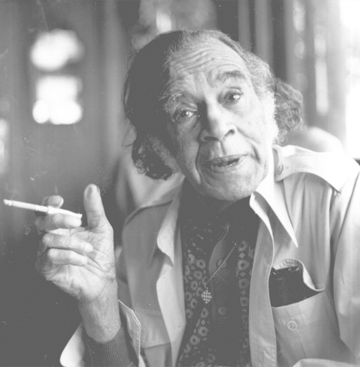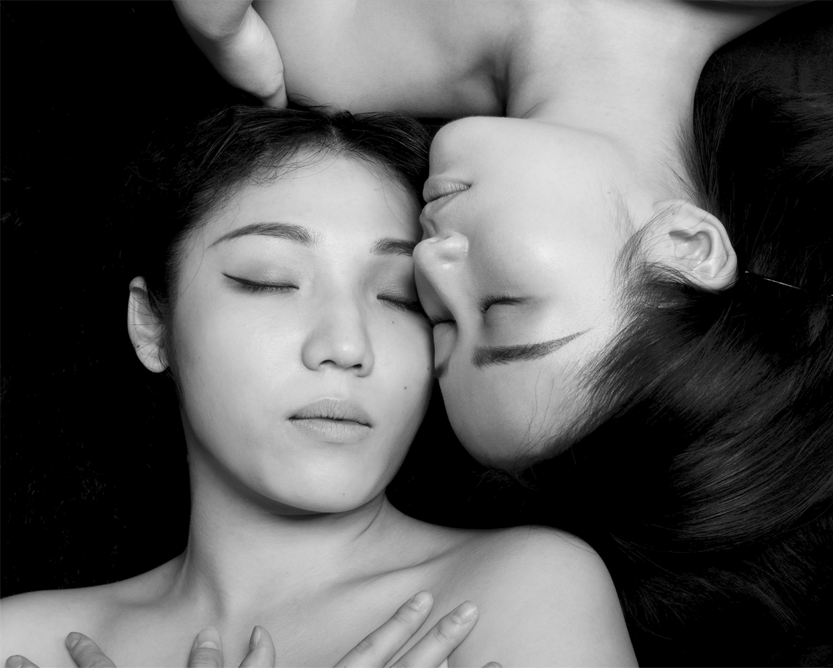Rooting and sprouting, living in the sun, self-exploring and not afraid of defying,we continue to seek knowledge, try boldly, discover each individual's own attitude and colour, and break through the maximum potential. We truly hope that Voguing culture will grow beautifully in China.
Some people might say that the subcultural things are not worthwhile of being loved, however these things deserve more attention. We are based on Voguing and Ballroom culture, closely connecting with each community from all regions. In the name of love, we truly cherish every New Baby who joins us. Whether you are a student, a worker or a business person, no matter how you think your appearance is, you can always be conFident enough to imagine yourself as an elegant princess, a cute fairy or a dazzling superstar in this Ballroom world.
We look forward to welcoming you to join the world of Voguing!
生根发芽,向阳而生,本着追寻自我,不畏反抗的底色,我们不断求知,大胆尝试,探索每个人独特的态度色彩,突破最大潜能,期望Vogue文化在中国这片热土蓬勃,恣意生长。
有人说,小众的东西不值得被爱,但我们觉得,小众的东西更值得被看见,我们立足于 Vogue及Ballroom文化,紧密连接每个地区的社群,以爱为名,用爱浇灌,珍惜每一个来到我们身边的New Baby。无论你是学生,工人还是白领,无论你高矮胖瘦,在Ballroom世界,你可以幻想自己是高贵公主,是鬼马精灵,是耀眼明星,期待加入Vogue的世界
Voguing
Historical scholarship has unearthed a world of saloons, cabarets, speakeasies, rent parties, and ballrooms that existed since the late 1800’s as spaces where identities were not only visible, but openly celebrated. Some of the most influential residential enclaves for these communities were in New York, one of the most notable being Harlem.
At the beginning of the twentieth century, a distinctly black community culture(link is external)
took shape in Harlem. The Harlem Renaissance (1920-1935) was particularly influential to this process. The intellectual, cultural and artistic movement took the neighborhood by storm, bringing with it a Flurry of literature, art, and music that centered black life. Many of the movement’s leaders were open-minded including Angelina Weld Grimké, Claude McKay, Langston Hughes, Wallace Thurman, Alice Dunbar-Nelson, Alain Locke, and Richard Bruce Nugent among others. The movement offered a new language that challenged social structures and demonstrated the ways that race, gender and sex were actually intersecting, fluid and constantly evolving.
Over the years, Harlem continued to be a vibrant site of art, activism and culture. So it should come as no surprise that Harlem was the birthplace of “vogue”, a highly stylized form of dance created by black and Latino communities. Between the 1960’s and 80’s New York competitions known as “balls” transformed from elaborate pageantry to “vogue” battles. As part of this ballroom culture, black and Latino voguers would compete for trophies and the reputation of their “Houses” – groups that were part competitive affiliation, part surrogate family. Named after the famous fashion magazine, vogue took from the poses in high fashion and ancient Egyptian art, adding exaggerated hand gestures to tell a story and imitate various performances in categorized genres.
Through dance, performers showed how gender is a performance – they pretended to put on makeup or “beat face”, style their hair, and put on extravagant clothes. This creative performance through voguing was even used to peacefully settle disputes among rivals in an environment that assumed a degree of mutual respect and compassion. Using dance and pantomime, the voguers would “read” each other. Ultimately, the winner would be the person who “threw the best shade.”
With time, vogue changed from the “Old Way” (which emphasized hard angles and straight lines) to the “New Way” in the late 1980’s (which added elements like the catwalk, the duckwalk, spinning, bussey and enhanced hand performance). Today, New Way is characterized by more rigid movements and “clicks” or joint contortions. Vogue Fem uses similar “New Way” elements but focuses on speed, flow and stunts. Regardless of the style, voguing shows the courage of black and Latino communities to make an art form that goes beyond creative expression. Vogue offers a sense of identity, belonging and dignity in a world that does not fully value their lives.
The documentary Paris is Burning captures a snapshot of the history of vogue in the mid-late 1980’s. This iconic Film by Jennie Livingston was a portrait of some of the most prominent voguers in New York’s ballroom scene and the challenges they faced along the lines of race, gender and class. Although it is widely celebrated as an invaluable piece of documentary history on communities of color, the film remains controversial. The voguers in the Film were working-class, poor and/or sex working. Some were even battling homelessness and HIV/AIDS. Yet they had to sue to be paid next to nothing for their participation in the film..
Feminists like bell hooks believe that Livingston was not critical of her position as a white Filmmaker. hooks goes on to argue that without references to any subversive process that might be taking place, voguers seem to imitate the very structures that marginalize them. Other scholars maintain that the imitation used in vogue creates a black imaginative space where aesthetics and subcultural life can be explored in all its complexity.
These complicated issues of race, representation and appropriation in relation to vogue continue today. They are important to address in order to keep traditions that are at once black, brown and debunk the myth that lives of color were never publicly lived.
Explore our Cultural Expressions exhibition to learn more about social dance and gestures!
Tsione Wolde-Michael is the Writer/Editor for the OfFice of Curatorial Affairs, Smithsonian National Museum of African American History and Culture.
Voguing是由纽约哈林区的黑人和拉丁裔人的一帮独立追求自由精神的社群发源而来, 历史可以追溯至1869年哈林区的舞会 :这个社群逃离现实世界压迫(如受歧视/贫穷)的短暂盛宴, 参加者可尽情在ball中做心目中最真实的自己, 或者扮演成自己想成为的角色). 最初,70-80年代的舞会中,大家会模仿杂志里的Pose,并融合中国功夫、埃及壁画等,将之形成连贯动作,形成了最初“pop dip and spin”的风格。Voguing 风格分为Old Way, New Way 和Vogue Femme:
Old Way- 是最早出现的Vogue风格, 以时尚杂志"Pose for Pictures"串连在一起而成的风格, 每一个动作都像在拍时装照, 同时也吸收 融合了中国武术,、石像姿势,和埃及图像等等, 讲求清晰肢体线条的组成、 pose转移间的定格(Pop)、从容的旋转 (Spin)和地面上 的pose (Dip)。
New way-上世纪90年代初,有越来越多受到艺术体操、芭蕾、现代舞训练的选手参加舞会,从而逐渐形成了新的风格,他们开始加入一些高难度动作(stretching)、不规则pose等等到比赛中。由于难度极高、动作之夸张,所以之后舞会中便分拆出2个项目, 之前的风格称为old way, 新的风格更加追求柔软度和手部动作称为New way。
Vogue Femme – 上世纪90年代中, 因为Femme Queen (独⽴追求⾃我的男性) 参加Old Way项目时常常十分以夸张的舞台⼿法表现, 所以舞会决定拆分出Vogue Femme这个项目, 项目全称曾是"Vogue like a Femme Queen".
Vogue Femme有五大元素 - Hands, Catwalk, Duckwalk, Floor Performance及Spin&Dip.


